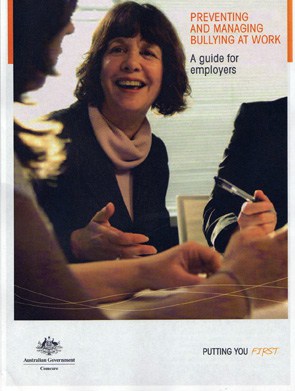In March 2011, in response to one of the several Stress Awareness Days, HRLeader magazine ran an edited version of a Personnel Today article called “5 steps to tackle employee stress”. The Personnel Today had “6 steps”, so are Australian readers being ripped off?
Personnel Today included a step called “Refer the Health and Safety Executive’s management standards”. HRLeader’s editor must have made the call that HSE information is geographically specific and therefore not relevant to Australia but the change is more indicative of the fact that Australia does not have anything to match the HSE management standards to help control stress. According to the HSE website:
“….the six Management Standards cover the primary sources of stress at work. These are:
- Demands[1] – this includes issues such as workload, work patterns and the work environment. Continue reading “Raising awareness about stress instead of controlling it”


